3 republics in a century - Armenia celebrates Republic Day
Armenia is celebrating its Day of Republic today, 28 May.
Armenians often call the holiday the First Republic Day. The thing is that the republic, having been proclaimed in Armenia on 28 May 1918, is commonly referred to as the First Republic. Thus, Soviet Armenia was the second republic, and the present-day Republic of Armenia, which declared its independence based on the results of a nationwide referendum in 1991, became the third Republic.
- “Citizens choose Europe” – marches with EU flags on Georgia’s Independence Day. Photo report
- What Azerbaijan, Armenia and Georgia did when they became independent republics
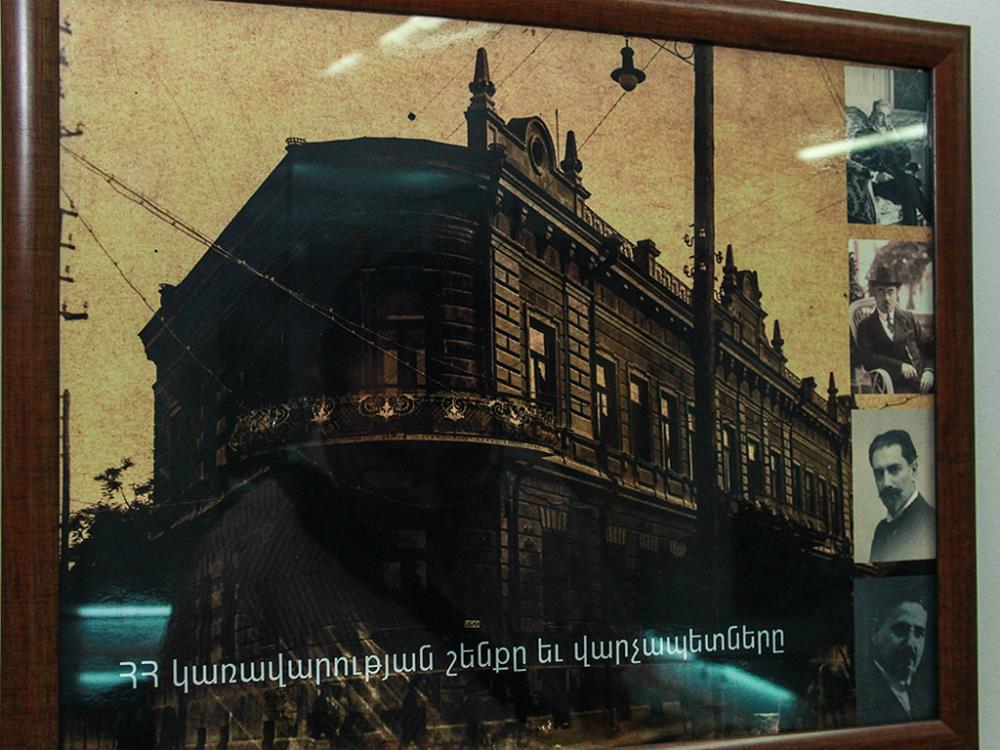
The First Republic of Armenia was formed as a result of the collapse of the Trans-Caucasus Democratic Federative Republic. It came about and ‘grew up’ in the middle of wars and fell as a result of the establishment of Soviet power.
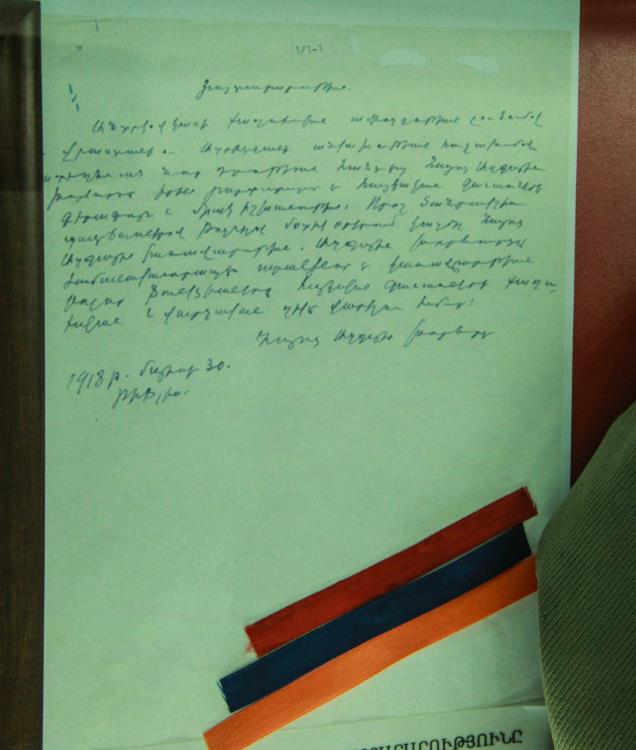
Aram Manukyan, a state and public figure, announced the good news about independence from the balcony of the government building to thousands of people who gathered outside.
“In the new situation following the collapse of the Trans-Caucasian political union, the Armenian National Council declared itself the supreme and the single power in Armenia’s municipalities. The First Republic of Armenia was affirmed by the above statement that was read aloud on 28 May, 1918 in Tiflis, and then several days later in Yerevan.
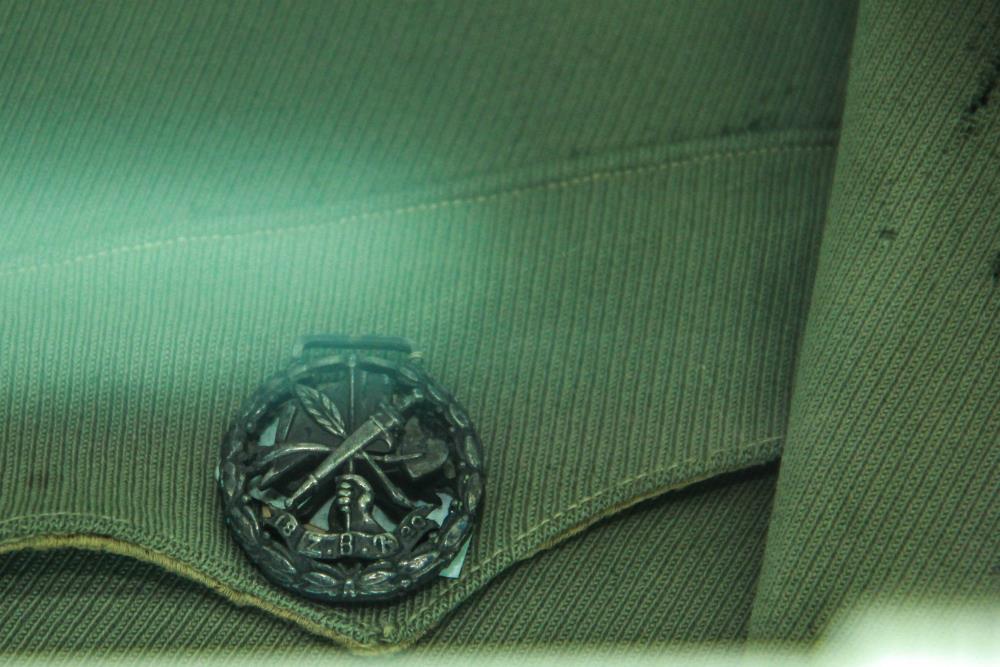
Armenia. which at that time was fighting Turkey, was actually so small (its area did not exceed 10,000 square meters), that many people called it the Ararat Republic or the Yerevan Republic. However, throughout its two-and-a-half year existence, it managed to regain control over some of the regions that had earlier been regarded as Armenian, as part of tsarist Russia. Its territory stretched from Oltu town (in the Erzurum Province of present-day Turkey) to Meghri.
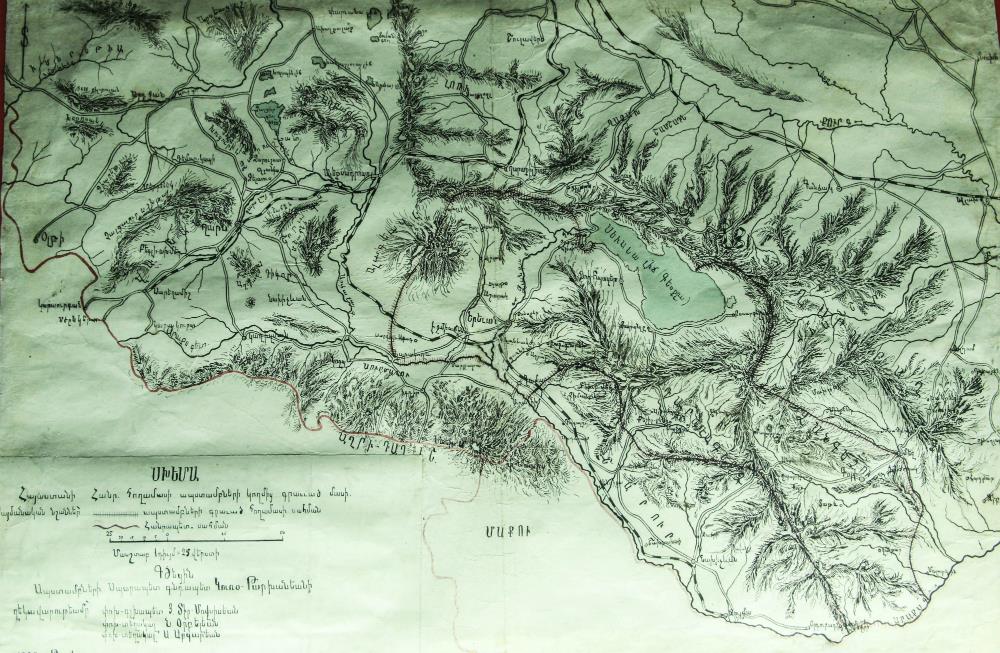
The Government made maximum efforts to withstand outside pressure, while at the same time, trying to take care of hundreds of thousands of ‘inherited’ orphans and those who had miraculously survived the genocide in the Ottoman Turkey.
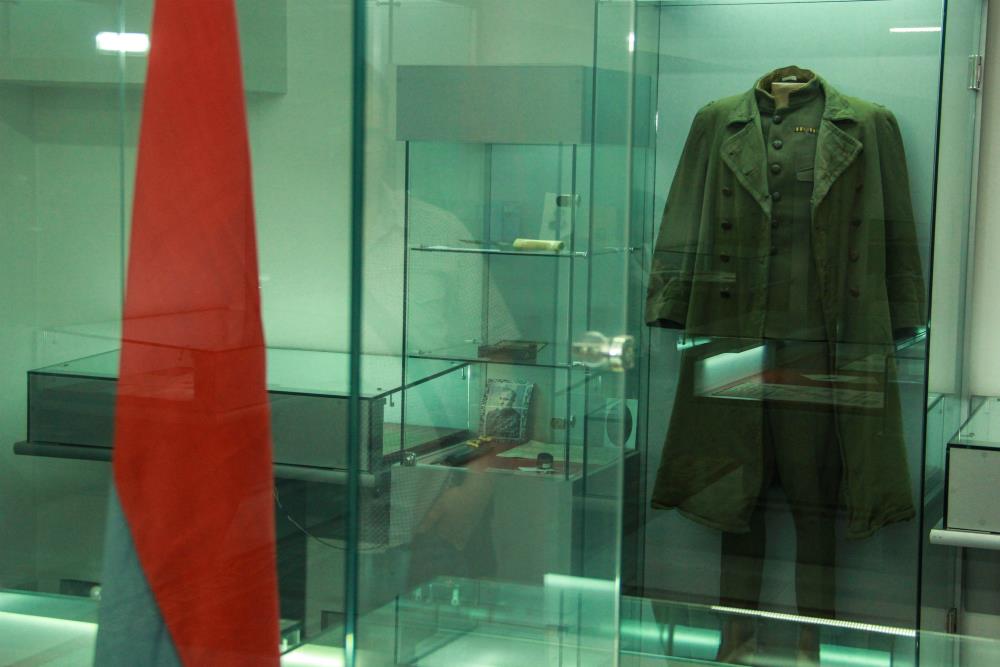
Andranik Ozanian, a military commander, played an important role in defending thousands of refugees. Throughout the existence of the First Republic, he fought and participated in many talks, all during that time period, as well as trying to lead and ensure the security of tens of thousands of displaced persons.
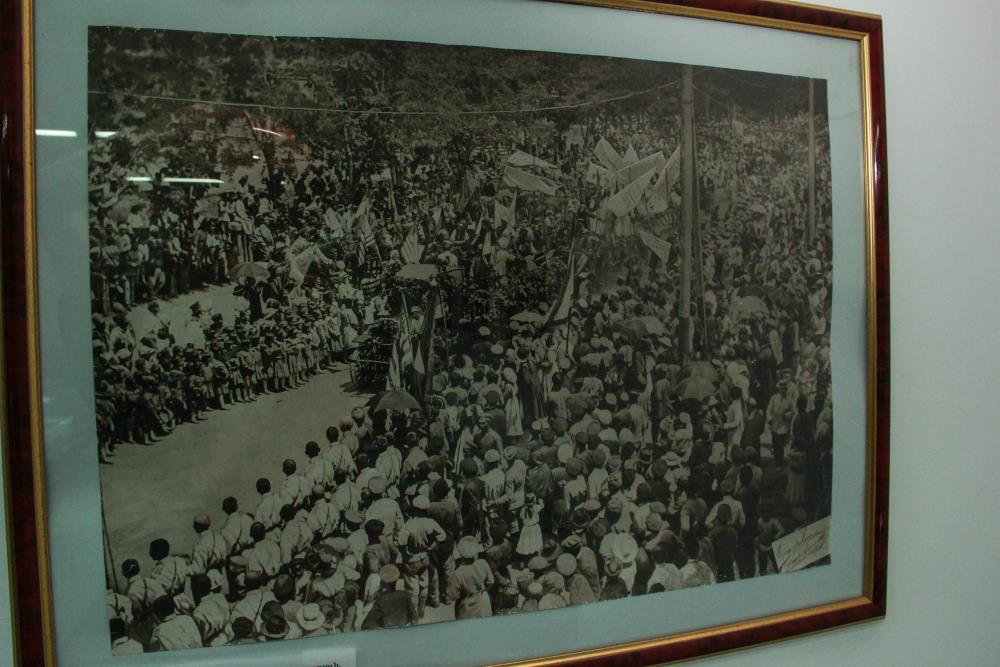
Poverty in those days knew no bounds. Even government officials lacked funds. Alexander Khatisyan, the second Prime Minister of the First Republic, who before that had been the Tiflis mayor for 7 years, lent his cloths to other members of the government so that they could participate in official receptions.
On one occasion, the Prime Minister could not go to work because his only pair of trousers had been stolen. His wife had to notify the government about his.
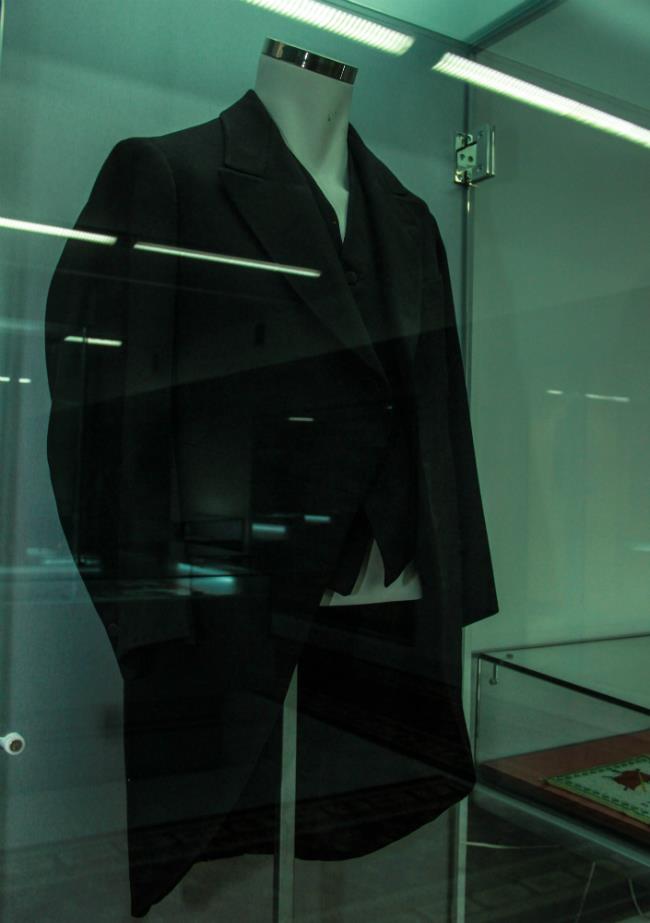
The Armenian Diaspora continued to be celebrated on 28 May even after Soviet power had been established in Armenia. The majority of them were refugees from either the Ottoman Turkey or their descendants. There were also emigrants from Armenia among them, who had moved abroad during those years and during the adoption of the Soviet political system.
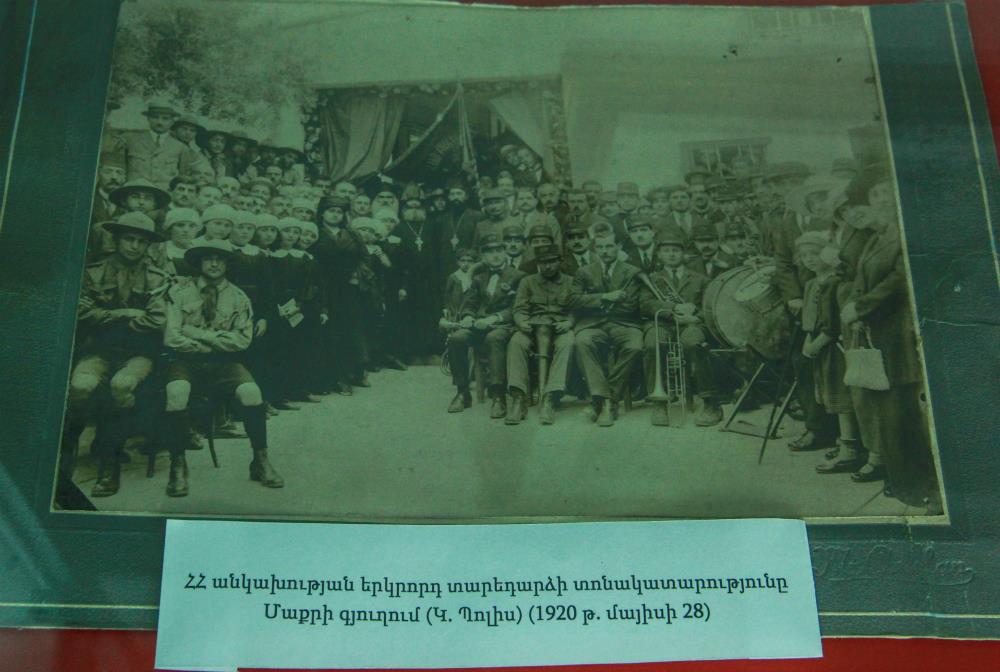
All photos were taken in the Armenian Revolutionary Federation-Dashnaktsutyun History Museum
The opinions expressed in the article convey the author’s terminology and views and do not necessarily reflect the position of the editorial staff


















